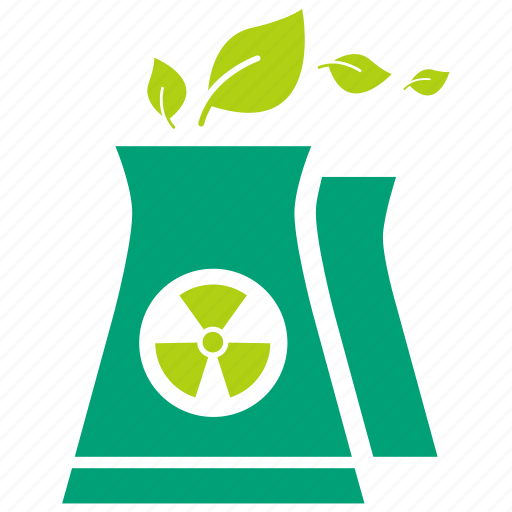Italy’s state-owned nuclear decommissioning company Sogin has completed the first phase of reactor pressure vessel (RPV) dismantling at the Garigliano nuclear power plant in southern Italy.
The company said it has removed contaminated metal components placed on the deflector in the upper part of the RPV.
Sogin said the operation is “the most complex activity from an engineering and operational point of view” during the decommissioning process at a nuclear power plant.
The process began at the end of 2023 and involved the flooding of the RPV and reactor channel, a step required to guarantee maximum safety as water acts as a shield against radiation, said Sogin.
The next step in the dismantling process, which will include removal of RPV internals before the vessel itself can be approached.
Sogin had previously said RPV decommissioning at Garigliano is expected to be completed in 2027.
In 2023, the company launched a €36m ($39m) tender for the segmentation and extraction of the RPV and related components.
Garigliano was a 150-MW boiling water reactor plant which operated between 1964 and 1982.
Italy was a pioneer of nuclear power and had four commercial nuclear plants – Caorso, Enrico Fermi, Garigliano and Latina – providing almost 5% of the country’s electricity production share at their peak in 1986-1987.
Italy shut down the last of the plants, Caorso and Enrico Fermi, in July 1990 following a referendum in the wake of the 1986 Chernobyl disaster.
The Italian government of prime minister Giorgia Meloni is seeking to restore nuclear power in the country to reduce carbon dioxide emissions with the first new reactors potentially in operation within 10 years, recent reports have said.
In May 2023, the Italian parliament backed the government’s plan to include nuclear in the country’s energy mix as part of its decarbonisation efforts.



@Emil @hsdkfr734r
Even when it’s not required explicitly, it’s a common enough practice, because a lot of work which would initially have to be done under health-physics control can, if you wait (for instance) five or ten half-lives of cobalt-60, be done much more cheaply under normal working conditions.